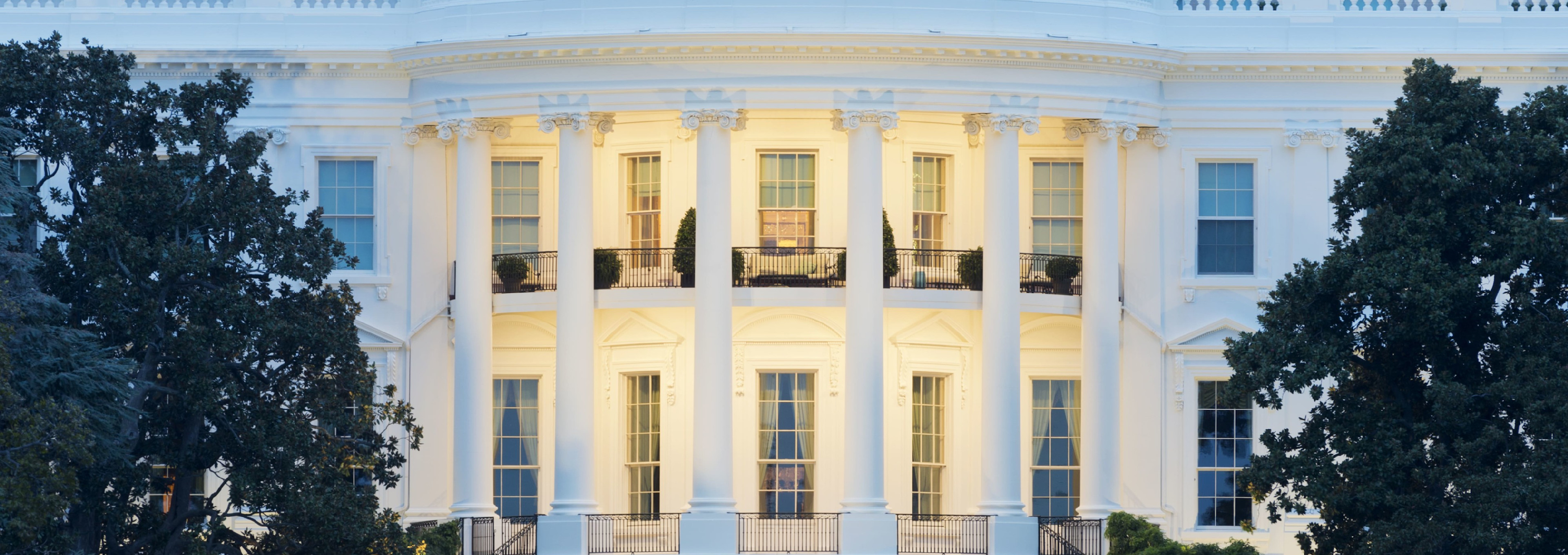

MAGA 2.0 – Markets Are Great Again after Trump victory
Markets have taken the sweeping victory of Donald Trump in their stride, though eyes will eventually focus on the financial cost of it, says portfolio manager Lauren Mariano.
Summary
- Equities reach record levels on promise of corporate tax cuts
- Bond yields rise due to likely increases in deficit and debt
- A projected ‘red sweep’ of Congress would consolidate Trump’s power
After a hotly contested election campaign, Trump beat Kamala Harris to become the next US President. The Republican Party also took control of the US Senate, while the final verdict for who will control the House of Representatives has yet to be announced.
Equity markets surged on the Trump victory and his promise of tax cuts for corporates, which will enhance their profits and therefore share values, with the S&P 500 reaching a new all-time high. Bond yields rose, however, due to the potential USD 7 trillion rise in the US national debt, due to the tax cuts for companies and individuals across the board, meaning massive new issues of government bonds will be needed to fund them.
“While the idea of a Trump victory isn’t necessarily shocking for markets, the fact that he beat Harris in all of the seven critical swing states and won a majority in the popular vote is quite notable,” says Mariano, portfolio manager with the Robeco Global Macro team.
“By winning the popular vote, which was not priced by the betting markets before the election, Trump will also become the first Republican president to win both the election and the popular vote since George W. Bush in 2004.”
“While the official call for the House may not come for several days, markets have further leaned into the ‘Trump trade’ across various asset classes, as it looks increasingly likely that he will take office with unified control of Congress.”
The general market moves are thus far in line with a ‘red sweep’ – Republican control of the White House, Senate and House of Representatives – which has not occurred since the first Trump presidency from 2017-2021.
“A red sweep would reinforce Trump’s policy agenda and allow him to more easily enact significant legislative changes with regard to trade, immigration and taxes,” Mariano says.
“Equities in the US have so far reacted positively to the news, as his agenda includes policies that will likely boost corporate earnings via tax cuts and promote deregulation.”
“However, bond yields in the US repriced higher across the curve in a bear steepening fashion as markets priced in higher deficits and inflation. Front-end yields have started to weigh the inflationary risks caused by the significantly higher import tariffs globally, along with the potential deportation of millions of illegal immigrants, and how that would feed into the monetary policy outlook for the Fed.”
Question over the tariffs
With the impact of Trump 2.0’s expected policy mix now reflected to some extent in markets, the moves from here hinge on a few key uncertainties surrounding the timing, size and scope of various proposals, Mariano believes.
“Trump’s protectionist stance and preference for higher import tariffs have been well broadcasted, but the actual timeline and scale for the measures he intends to enact are not yet clear,” she says. “The actual tariffs could differ from the amounts quoted if he uses the threat of higher tariffs as a negotiating tool, and if he does apply universal import tariffs, it will be important to weigh how other countries may retaliate.”
“Trump will probably focus on trade policy as it relates to China first, given the bipartisan support for tougher relations with China, and the fact that Congressional approval is not needed to implement certain measures.”
Impact on Europe
Mariano says that in Europe, any higher tariffs that are enacted would be bad news for the economy and its growth outlook, and reinforce pressure on the ECB to cut rates.
“The rest of the world should continue to live in the shadow of US equities, with bouts of outperformance but nothing sustainable,” she says. “Company and sector selection will be more important as tariffs and US exceptionalism rise. The US for now could remain the primary destination for capital, due to the stronger dollar, higher yields, stronger growth and higher levels of innovation.”
“Immigration policy will play a crucial role in shaping the outlook for the US economy, as Trump’s efforts to strengthen the border and deport millions of illegal immigrants could have meaningful impacts on the US labor supply and inflation.”
Trillions on the debt
Eventually, the focus will be on the costs of it all, since the US budget deficit is already USD 1.8 trillion a year, and the US national debt is USD 35.9 trillion, or 122% of GDP.
“Fiscal policy under Trump 2.0, especially with a unified government, will likely mean more stimulus, lower taxes and higher fiscal deficits in the years to come,” Mariano says. “The administration is set to extend the 2017 Tax Cuts and Jobs Act next year, and could potentially further cut corporate income tax rates.”
“While some of this stimulus will be offset by tariff revenue, the Committee for a Responsible Federal Budget estimates Trump’s policy mix could add USD 7.7 trillion to the US national debt over the next decade.”
Get the latest insights
Subscribe to our newsletter for investment updates and expert analysis.




















